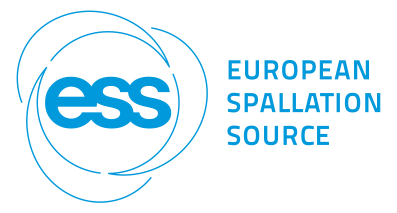Tools for Analysis of Coherent Excitations
Bella Center
In cold neutron spectroscopy, the main obstacle for understanding the acquired data is often connected to their analysis and theoretical modeling. In the field of magnetism, this hurdle has grown more significant as research shifts from conventional coherent excitations toward more complex phenomena—such as those observed in low-dimensional quantum magnets and advanced functional materials. On the theoretical front, recent advancements have introduced powerful new tools and software that provide unprecedented capabilities for tackling these unconventional magnetic excitations. However, spreading awareness of these tools and integrating these developments into experimental workflows is essential to unlocking their full potential.
This mini-symposium aims to bring together theorists, software developers, experimentalists, and data scientists to chart a roadmap for improving access to advanced modelling tools for magnetic excitations. Such a shared roadmap could pave the way toward a cohesive, cross-facility strategy that reduces barriers to analysing inelastic neutron spectroscopy data on magnetic excitations — ultimately increasing the scientific output of cold neutron spectrometers.
We warmly invite researchers with a strong interest in unconventional magnetic excitations or cold neutron spectroscopy to join us. Space is limited and will be allocated on a first-come, first-served basis.
